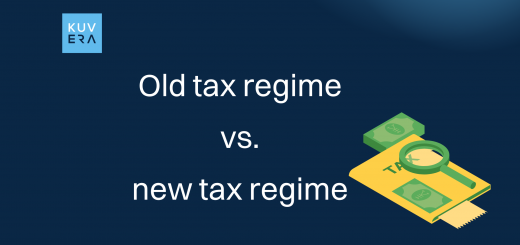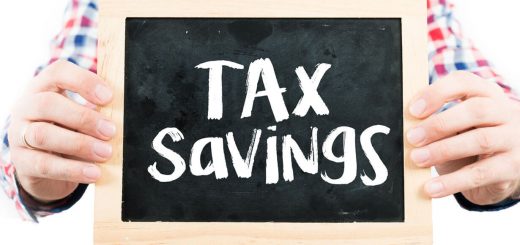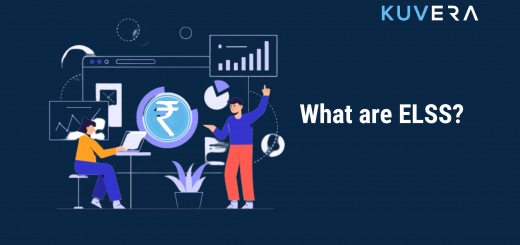ELSS (Equity-Linked Saving Scheme) are a type of mutual fund in India. They are also known as tax-saving mutual funds as investments in these funds are eligible for tax deductions under Section 80C of the Income Tax Act.
ELSS funds invest primarily in equity shares of companies and have a lock-in period of three years, during which the invested amount cannot be withdrawn. This lock-in period is one of the longest among tax-saving investment options.
The main objective of ELSS funds is to provide capital appreciation over the long term through investments in equity shares of companies. The returns on these funds are generally higher than those of fixed deposit and other fixed income tax-saving investment options due to their equity exposure.
ELSS funds also diversify the risk by investing in different sectors and companies. They are suitable for investors who have a high risk appetite and are looking for long-term capital appreciation.
Features of ELSS
ELSS (Equity-linked savings scheme) are a type of mutual fund in India that offer tax benefits to investors under Section 80C of the Income Tax Act. Some of the best features of ELSS include:
- Tax benefits: As mentioned above, ELSS investments qualify for tax deductions under Section 80C of the Income Tax Act, which allows investors to claim a deduction of up to Rs. 1.5 lakh from their taxable income.
- Equity exposure: ELSS funds invest primarily in equities, which have the potential for higher returns over the long-term compared to other fixed income investment options such as fixed deposits.
- Diversification: ELSS funds invest in a diversified portfolio of equities, reducing the risk of investing in a single stock.
- Low lock-in period: ELSS has the shortest lock-in period of 3 years among all the 80C options, which means an investor can withdraw the invested amount after 3 years.
- High liquidity: ELSS funds are highly liquid and can be easily bought and sold on the stock exchange like any other equity shares.
- Flexibility: ELSS funds come with various options like growth, dividend, and direct plans.
Best time to invest in ELSS funds
The bad part of a tax saving instrument is that investors invest in these schemes when the tax season is just around the corner. But this is not the correct approach for investing in a tax-saving instrument. Talking specifically about ELSS, one should start a SIP at the beginning of the financial year. One can also make a Lump sum investment in an ELSS fund. Both SIP and Lump sum are eligible for tax exemption under section 80C of the Income Tax act.
Grow your wealth with ELSS
ELSS is considered to be a tax-saving tool but it can also be looked up as a long-term goal-oriented investment. You don’t need to withdraw the whole investment after the three-year lock-in period. You can keep your ELSS investments intact and let them grow over the long term and let compounding work on your ELSS investment.
This fund will not only give you tax benefits but also wealth creation opportunities and benefits.
How to pick the best ELSS fund?
For picking up the best ELSS fund, you need to dedicate some time and do some research on ELSS funds. Your research can include points like expense ratio, how is the portfolio structure of any particular ELSS fund, historical CAGR returns of the funds, the credibility of the fund house, and the fund manager.
After all the research, you can choose the fund that is best suited to your goals and needs. SEBI has recently allowed the fund houses to launch passive ELSS funds. This means that fund houses can introduce Index based ELSS funds. These funds would track stock from the top 250 companies in terms of market capitalization.
As of today, no fund house has introduced a passive ELSS fund because as per the SEBI norm, a fund house can either have an active ELSS fund or a passive ELSS fund. And almost every fund house has an active ELSS fund.
Meanwhile, you can start your journey by investing in an active ELSS fund. Click here to get started today.
How to Invest in ELSS?
The process of investing in ELSS mutual funds is quite simple and straightforward. You can make the ELSS investment both online and in offline mode. It is easiest to invest online through an Online Investment Services Account. To invest in ELSS funds, you will have to declare certain personal information such as your taxable income. You can invest either a lumpsum amount or can opt for a Simple Investment Plan (SIP). With great potential to outperform other similar tax-saving instruments such as PPF in the long term, ELSS funds provide great returns even at a minimal amount. Some of the best ELSS funds can provide nearly a 16% annualised return.
Start investing in ELSS from the comfort of your home within few minutes with Kuvera.
Conclusion
If you’re looking to invest and need a place to start, ELSS funds are your go-to choice! They are tax-efficient, have the shortest lock-in period among other tax-saving instruments, and are a great option to generate wealth in the long term.
Interested in how we think about the markets?
Read more: Zen And The Art Of Investing
Watch here: Learn more about investing in ELSS with industry experts
Start investing through a platform that brings goal planning and investing to your fingertips. Visit kuvera.in to discover Direct Plans and Fixed Deposits and start investing today.










